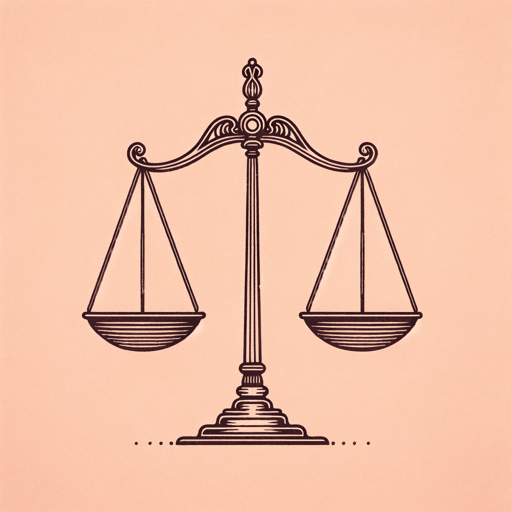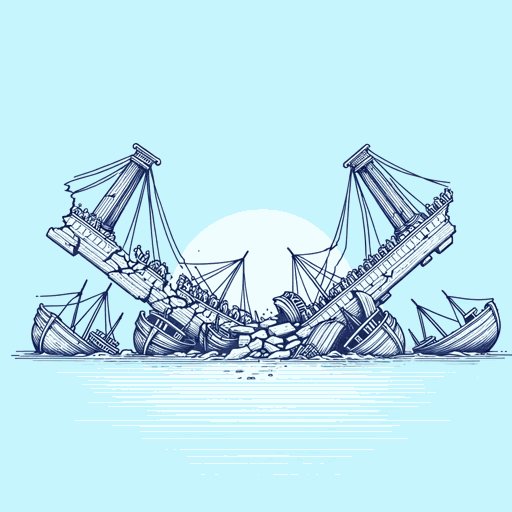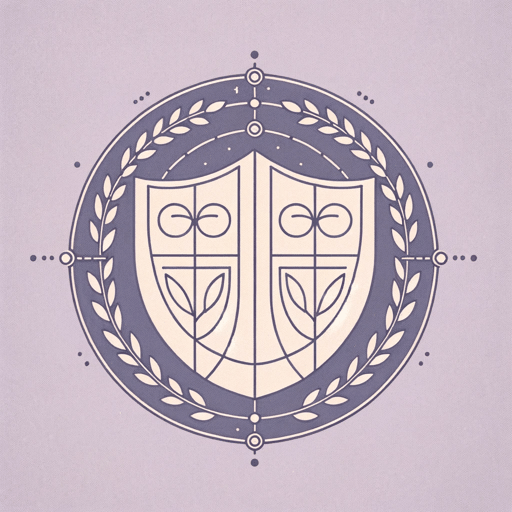58 pages • 1 hour read
AeschylusOresteia
Fiction | Play | Adult | BCEA modern alternative to SparkNotes and CliffsNotes, SuperSummary offers high-quality Study Guides with detailed chapter summaries and analysis of major themes, characters, and more. For select classroom titles, we also provide Teaching Guides with discussion and quiz questions to prompt student engagement.
After Reading
Discussion/Analysis Prompt
The theme of Justice and Vengeance runs through the Oresteia, with many characters (including the gods) adopting a different stance on the nature of justice and its relationship to revenge. This theme culminates in Orestes’s trial in The Eumenides, where the cycle of violence of Agamemnon’s family finally ends. But does justice really prevail in the Oresteia? How is justice defined in the plays, and what is the difference between justice and vengeance?
Teaching Suggestion: Some discussion of the ancient Greek concept of justice and its role in Greek religion and law can help students contextualize this question. It may be useful for students to consider, for instance, that the Greeks personified justice as the goddess Dike, whose father was Zeus.
Differentiation Suggestion: For students who would benefit from assistance with abstract thinking, it might be useful to set frames or context for students to answer this question in a classroom discussion. For example, students might benefit from thinking about justice and vengeance on a more concrete level: What makes an action just or unjust? Is outcome or intention important in defining justice versus vengeance? Alternatively, students could enter the discussion by first defining justice, then defining vengeance, followed by a discussion of categorizing teacher-selected scenes or topics from the trilogy.
Related Titles
By Aeschylus







